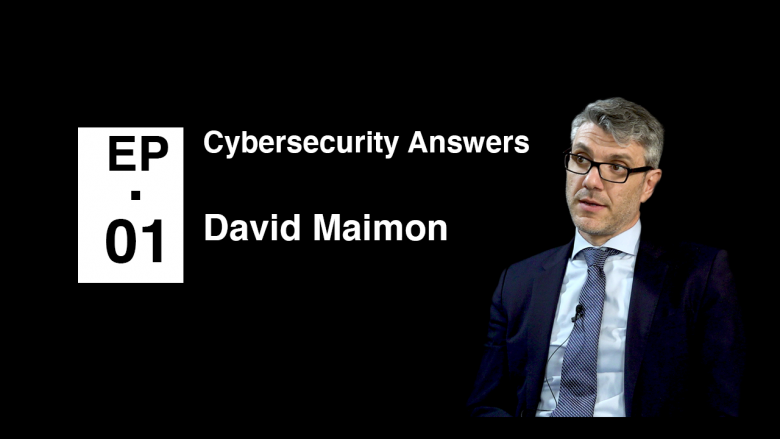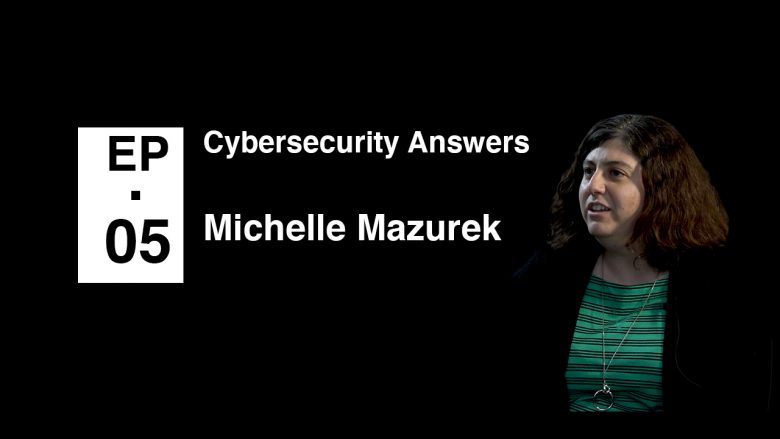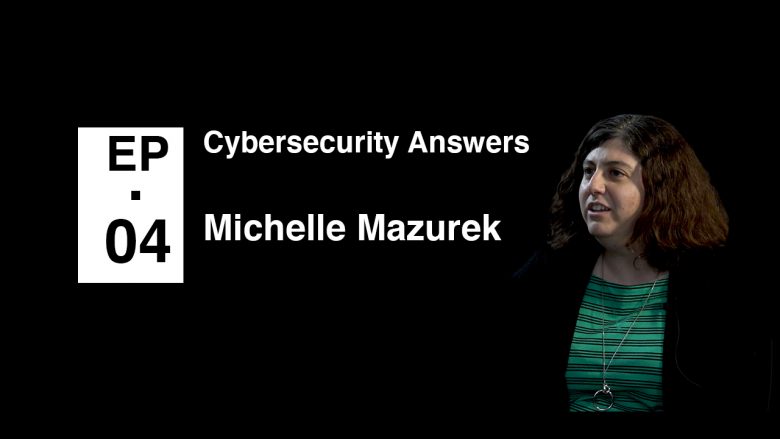We all have questions, but who are the people with the answers for Cybersecurity. In this series we sat down with academics and experts to ask them about how they got started, what they are researching now, their lessons for us and the future. Our series “Cybersecurity Answers” continues with David Maimon from Georgia State …
Month: July 2020
Twitter bots can be used for malicious purposes, such as distributing malware, disseminate fake news, faking grassroots political movements, and interfering with social movements. Twitter allows its users to access its services through a web page, mobile applications, and an application programming interface (API). Even though API allows enhances users’ experience with contents, API also …
We all have questions, but who are the people with the answers for Cybersecurity. In this series we sat down with academics and experts to ask them about how they got started, what they are researching now, their lessons for us and the future. In this this episode, we learn more about the future of …
Les utilisateurs humains sont généralement la principale cible des cyberattaques, des tentatives d’hameçonnage et des fuites de données générées par des attaques d’ingénierie sociale. Ainsi, plusieurs facteurs humains peuvent augmenter ou diminuer la probabilité d’être victime d’une cyberattaque, d’un piratage ou d’une violation de données. La cyberhygiène implique l’établissement et le maintien de comportements cruciaux …
Human users are generally the main target for socially engineered cyber attacks, phishing scams, and data leaks. Thus, several human factors may raise or diminish the likelihood of being the victim of a cyberattack, hack, or data breach. Cyber hygiene involves establishing and maintaining crucial cyber health behaviours. Routinely changing passwords and avoiding recycled passwords, …
We all have questions, but who are the people with the answers for Cybersecurity. In this series we sat down with academics and experts to ask them about how they got started, what they are researching now, their lessons for us and the future. In this this episode, we learn more about Michelle Mazurek’s biggest …





